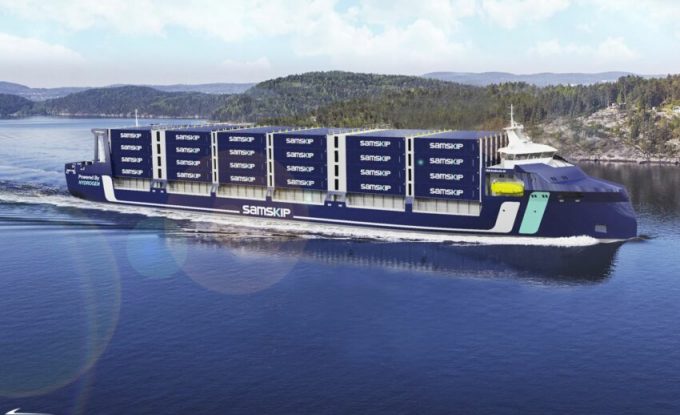CU Lines developing shortsea routes to serve Red Sea and Indian subcontinent
Chinese regional carrier China United Lines (CULines) is expanding its presence in the Persian Gulf, ...

Samskip’s decision to commission Cochin Shipyard in India to construct its two hydrogen-fuelled feeder vessels will see much of the steel used recycled from India’s large ship-scrapping sector.
Co-funded by Norway’s ENOVA, the 730 teu vessels, able to carry 45ft intermodal containers, are designed to operate on hydrogen between Oslo and Rotterdam, a distance of 1,300km. They will be powered by fuel cells, with a back-up diesel genset.
With delivery scheduled for 2025, the pressure will be on Cochin Shipyard to design ...
Volcanic disruption at Anchorage could hit transpacific airfreight operations
Macron calls for ‘suspension’ – CMA CGM's $20bn US investment in doubt
De minimis exemption on shipments from China to the US will end in May
Forwarders stay cool as US 'liberation day' tariffs threaten 'global trade war'
Looming Trump tariffs will create 'a bureaucratic monster' for Customs
Mixed response in US to 'Liberation Day', while China leads wave of retaliation
Tariffs and de minimis set air freight rates on a volatile course

Comment on this article